Ancient Civilizations And Their Capital Cities
Pack your bags and dust off your time-traveling shoes as we embark on a fascinating journey through history’s most captivating ancient capitals. These cities were not just centers of power but cradles of culture, innovation, and human achievement. From the bustling streets of Uruk to the towering pyramids of Thebes, each capital has a unique story to tell. So, let’s dive into this time machine and explore the wonders of ancient civilizations!
Mesopotamia: The Cradle of Civilization and Its Capital, Uruk
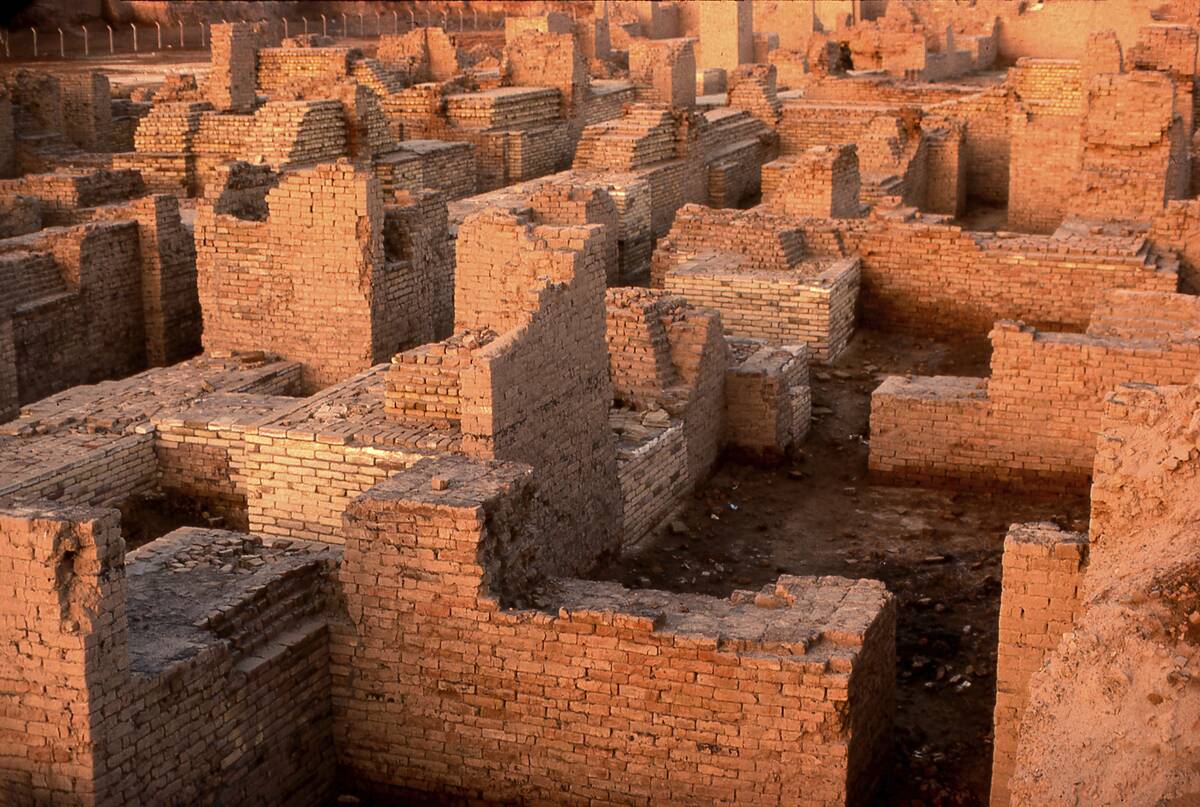
In the fertile crescent of Mesopotamia, Uruk stands out as a beacon of early civilization. Dating back to around 4000 BC, Uruk was a thriving metropolis and is often considered the world’s first major city. It was here that writing was born, with the invention of cuneiform script. The city was also known for its monumental architecture, including the famous Eanna temple complex dedicated to the goddess Inanna. Uruk was a place where myths were born, including the epic tales of Gilgamesh, a legendary king of the city.
Egypt: The Pyramids, the Pharaohs, and the Splendor of Thebes
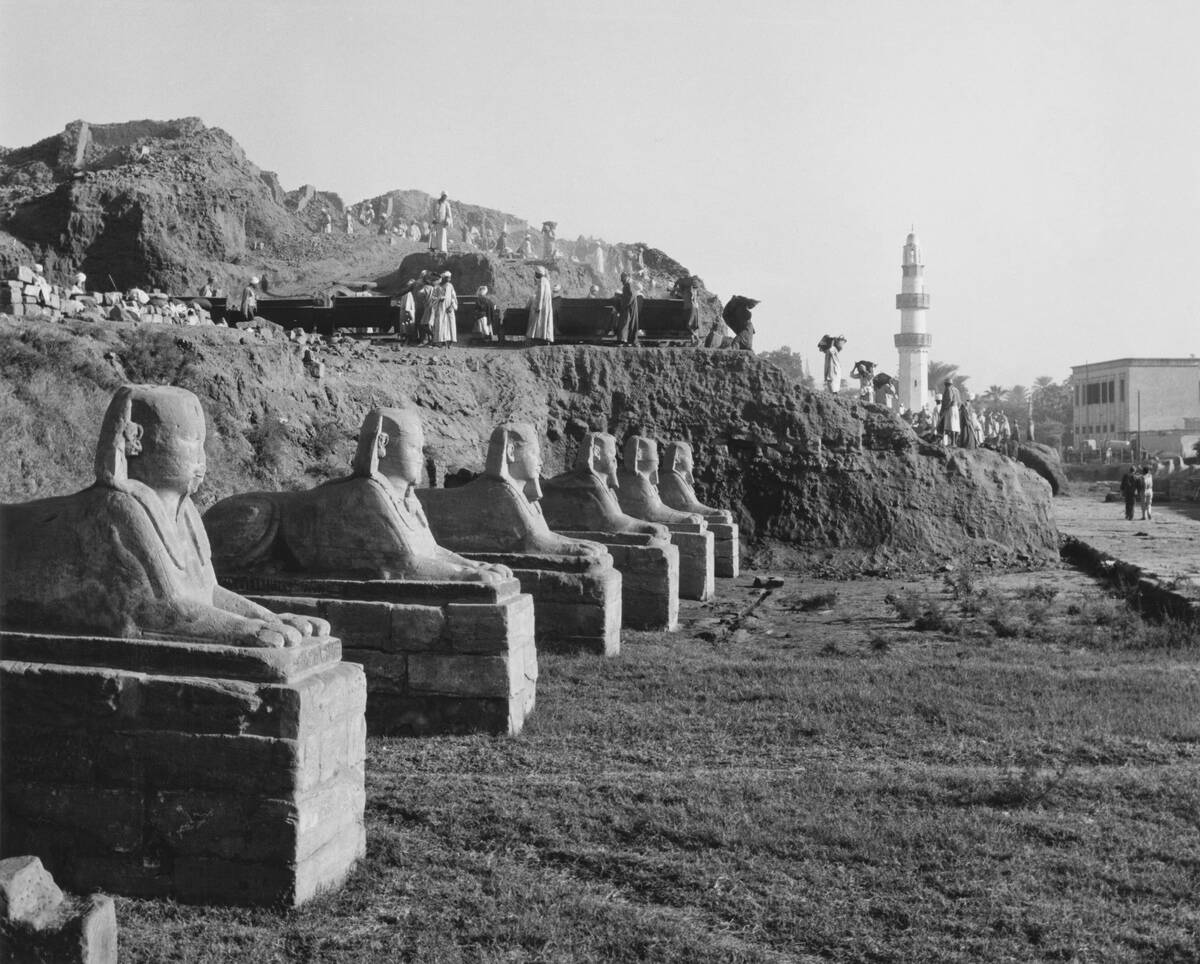
Fast forward to ancient Egypt, where Thebes emerged as a capital of grandeur and spiritual significance. Located on the Nile’s east bank, Thebes was the city of Amun, the king of gods. The city is famed for its architectural marvels like the Karnak Temple, a sprawling complex dedicated to Amun-Ra. Thebes also served as a necropolis for pharaohs, with the Valley of the Kings housing the tombs of iconic rulers such as Tutankhamun. It was a city where art, religion, and politics intertwined seamlessly.
Indus Valley: The Mystery of Mohenjo-Daro
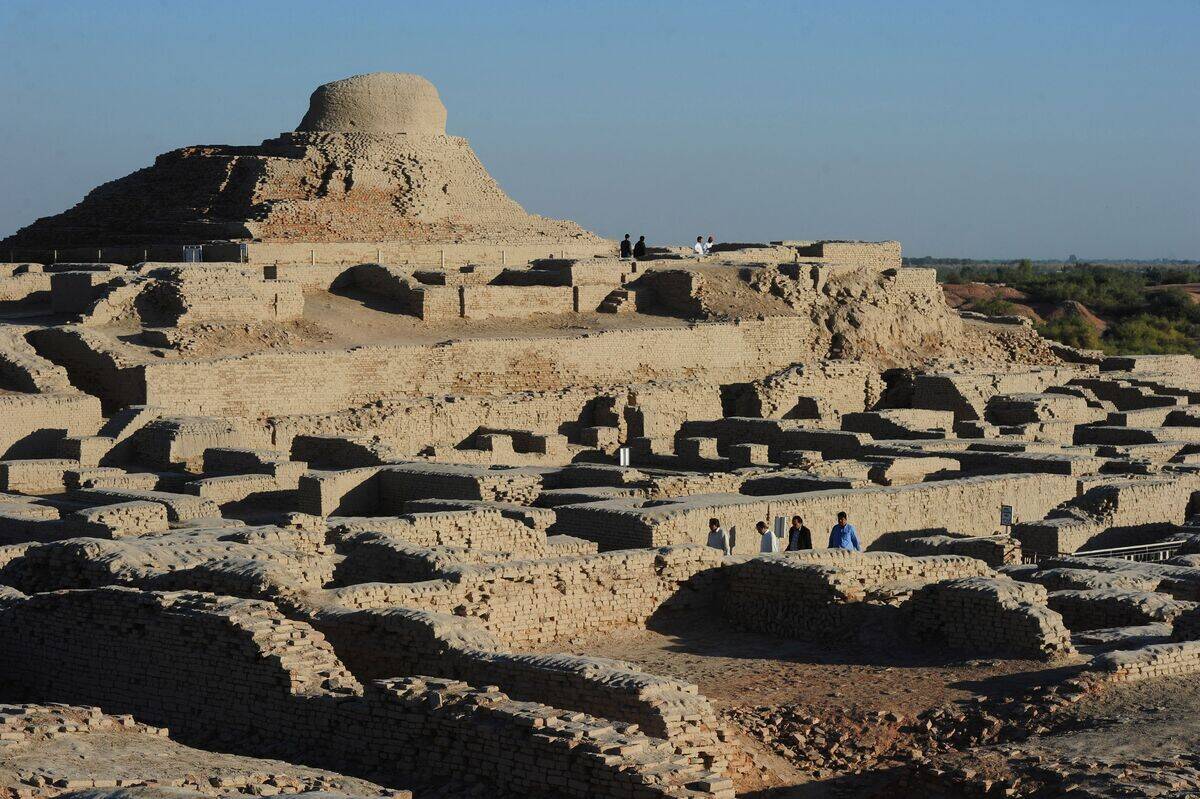
Over in the Indus Valley, Mohenjo-Daro remains an enigma to historians and archaeologists. Established around 2500 BC, this city was part of one of the world’s earliest urban cultures. Mohenjo-Daro boasted a highly sophisticated level of urban planning with its grid layout, advanced drainage systems, and standardized bricks. Despite its advanced nature, much about the city’s social and political life remains a mystery due to the undeciphered Indus script. The city’s sudden decline around 1900 BC adds another layer to its mystique.
China: The Ancient Heart of Xi’an

Moving eastward, we find Xi’an, a city that thrived as the capital of several Chinese dynasties. Known as Chang’an in ancient times, Xi’an was the starting point of the Silk Road, making it a melting pot of cultures and ideas. The city is perhaps best known for the Terracotta Army, an awe-inspiring collection of life-sized statues guarding the tomb of Emperor Qin Shi Huang. Xi’an was a center of learning and innovation, a place where Confucianism and Taoism flourished alongside technological advancements.
Mesoamerica: The Majestic City of Tenochtitlan
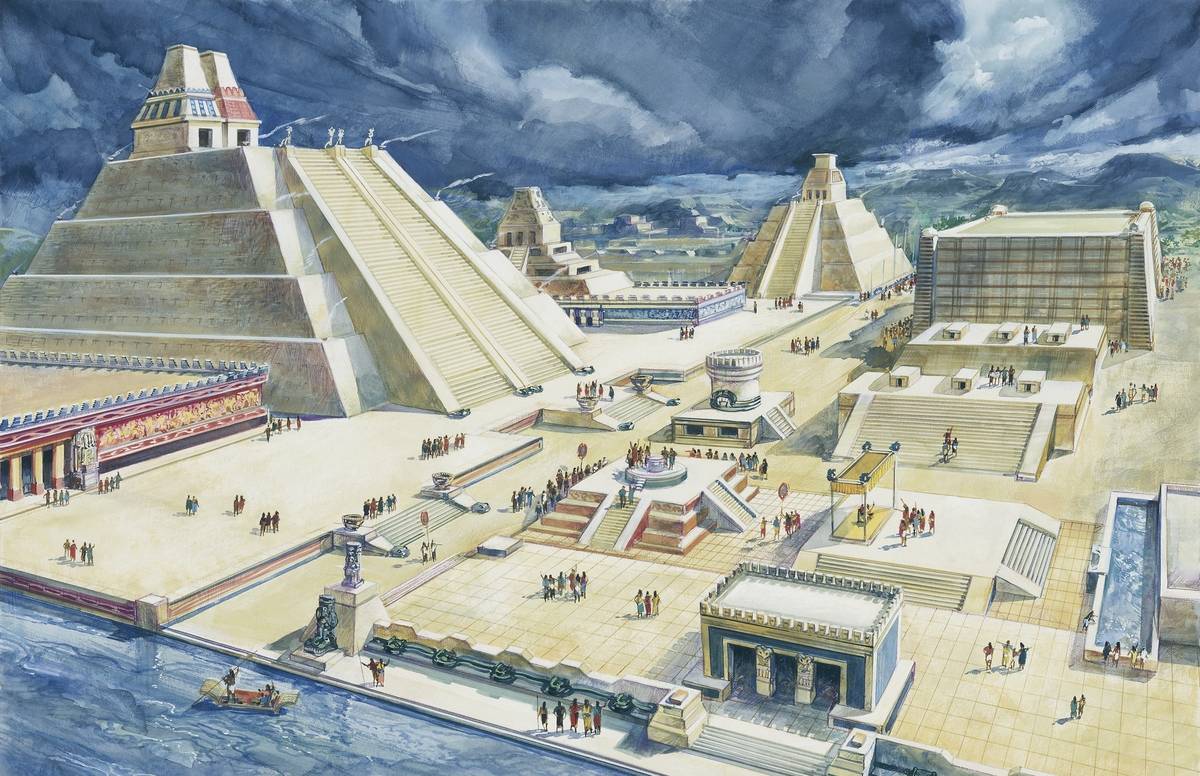
In the heart of Mesoamerica, Tenochtitlan rose as a testament to Aztec ingenuity. Founded in 1325 on an island in Lake Texcoco, Tenochtitlan was a marvel of engineering. The city was crisscrossed by canals and connected to the mainland by causeways, facilitating trade and transport. At its peak, it was one of the largest cities in the world, home to the grand Templo Mayor, a testament to the Aztec pantheon. Tenochtitlan’s vibrant markets and bustling streets made it a cultural and economic hub until its fall in 1521.
Greece: Athens, the Birthplace of Democracy

Across the Atlantic, Athens stands as the cradle of Western civilization. Known as the birthplace of democracy, Athens was a city of philosophers, artists, and thinkers. The Acropolis, with its iconic Parthenon, epitomizes the city’s architectural brilliance. Athens was a city where Socrates pondered life’s big questions and where plays by Sophocles and Euripides captivated audiences. The city laid the foundations for modern governance, philosophy, and art, influencing cultures across the globe.
Rome: The Eternal City That Ruled the World
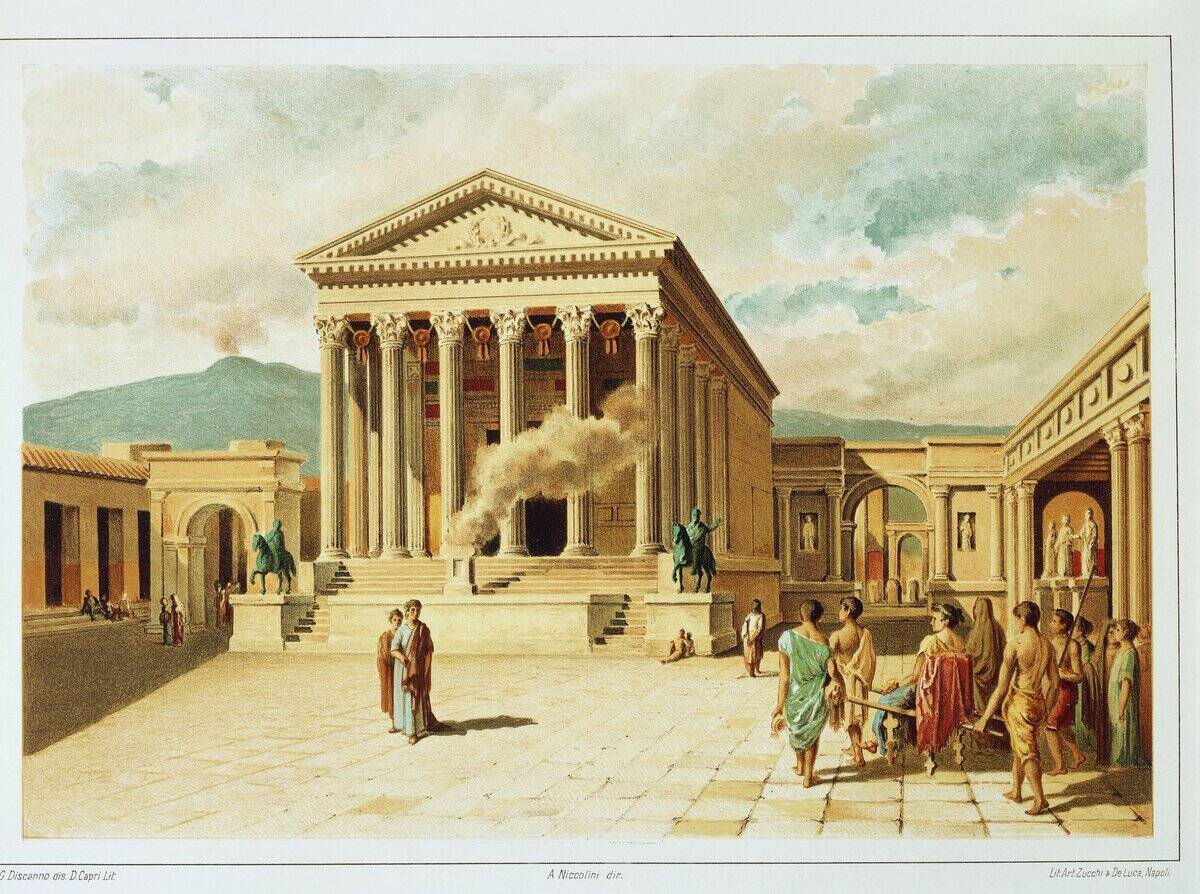
In the heart of Italy, Rome emerged as the epicenter of one of history’s greatest empires. Known as the Eternal City, Rome was a hub of political power, cultural achievement, and architectural grandeur. The Colosseum, a marvel of engineering, hosted gladiatorial games that captivated audiences. The city was also a center of learning and law, laying down legal principles that still influence systems today. With its roads leading to every corner of the empire, Rome was truly the city that connected the world.
Persia: Persepolis, the Jewel of the Empire
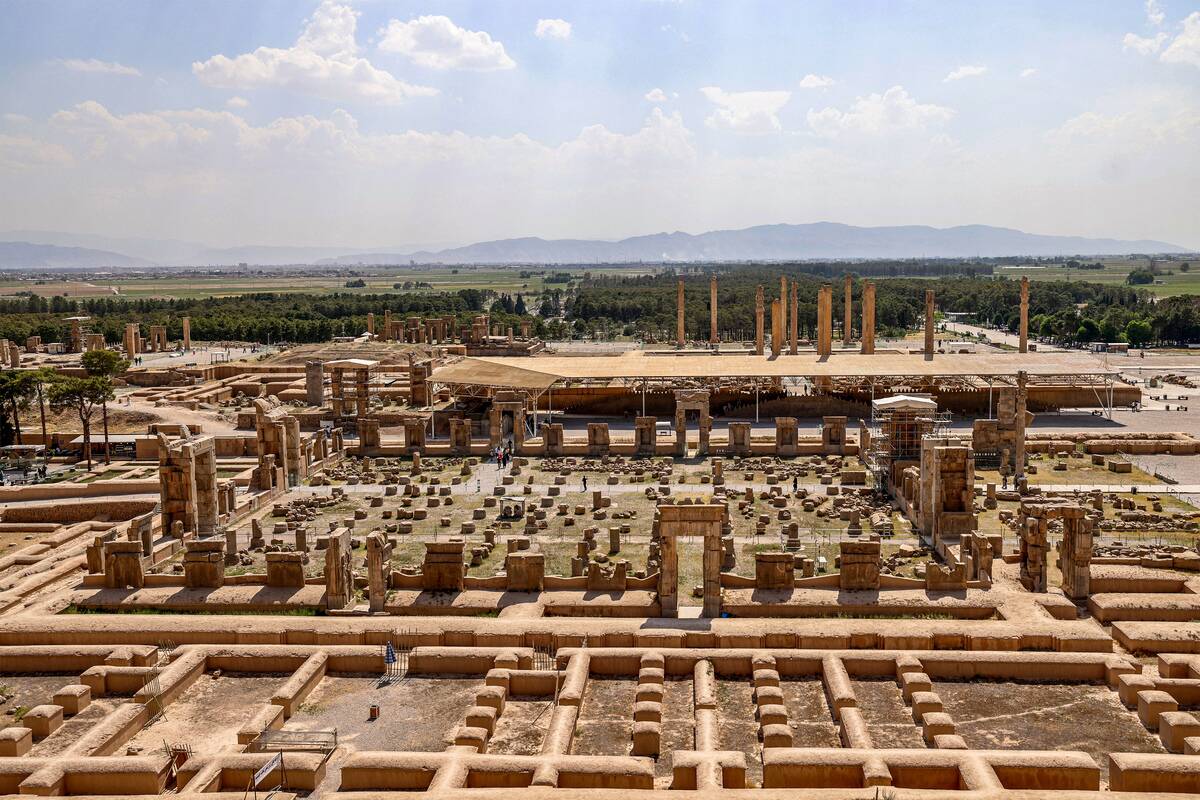
In the ancient Persian Empire, Persepolis was a city of unparalleled splendor. Founded by Darius the Great in 518 BC, it served as a ceremonial capital, hosting grand celebrations and royal receptions. The city is renowned for its impressive palaces, intricate reliefs, and towering columns. Persepolis was a symbol of the empire’s wealth and artistic achievements, showcasing a blend of various cultural influences. Despite its destruction by Alexander the Great, the ruins of Persepolis still inspire awe.
The Inca Empire: Cuzco, the City in the Clouds
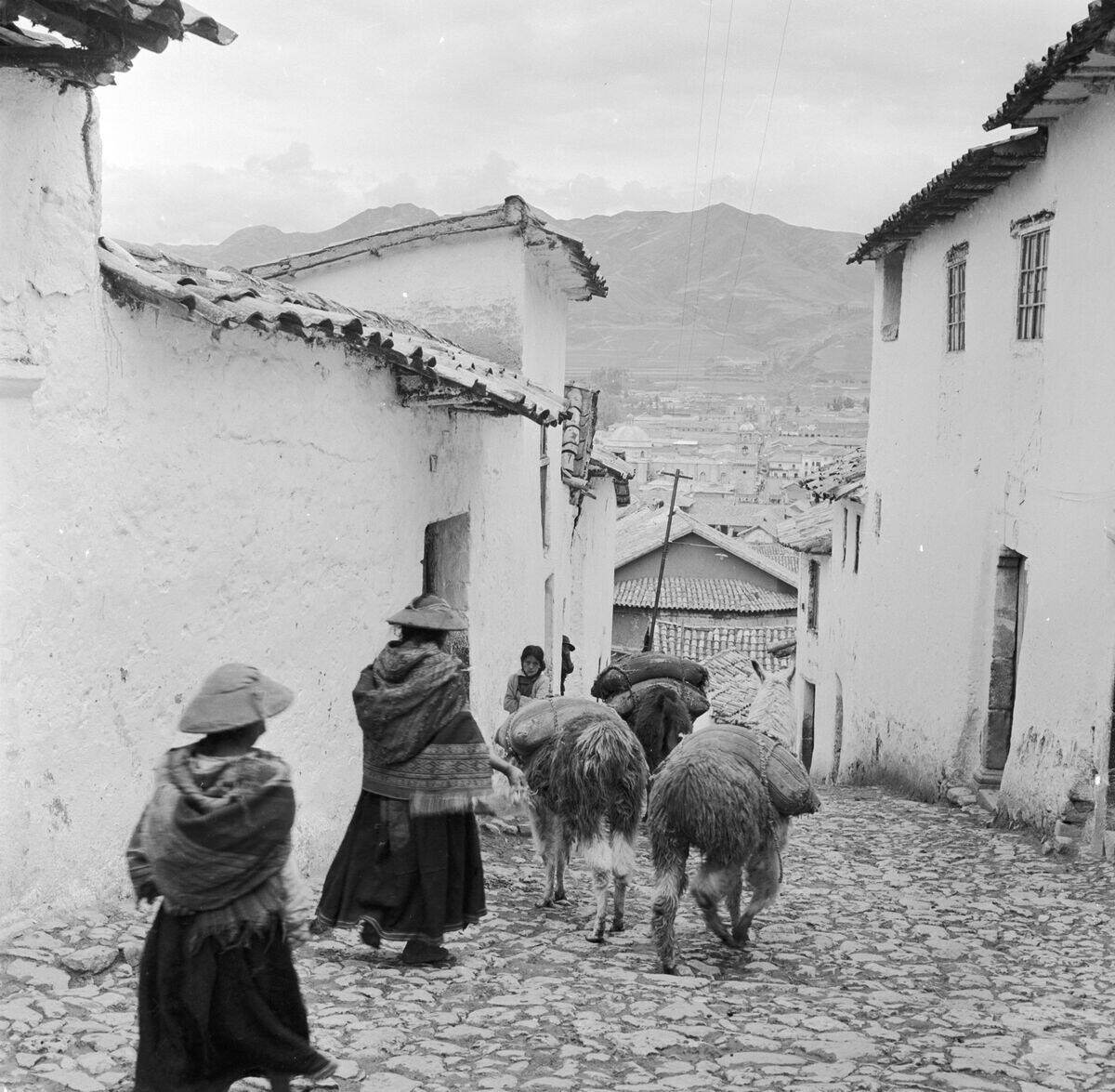
High in the Andes, Cuzco was the heart of the Inca Empire. Known as the ‘navel of the world,’ Cuzco was a city of stone, with structures designed to withstand earthquakes. The city was a religious and administrative center, with the Coricancha temple dedicated to the sun god Inti. Cuzco’s strategic location allowed it to connect various regions of the empire, making it a hub of trade and culture. Spanish conquest transformed the city, but its Incan heritage remains palpable.
The Khmer Empire: Angkor, the Lost City of Wonders
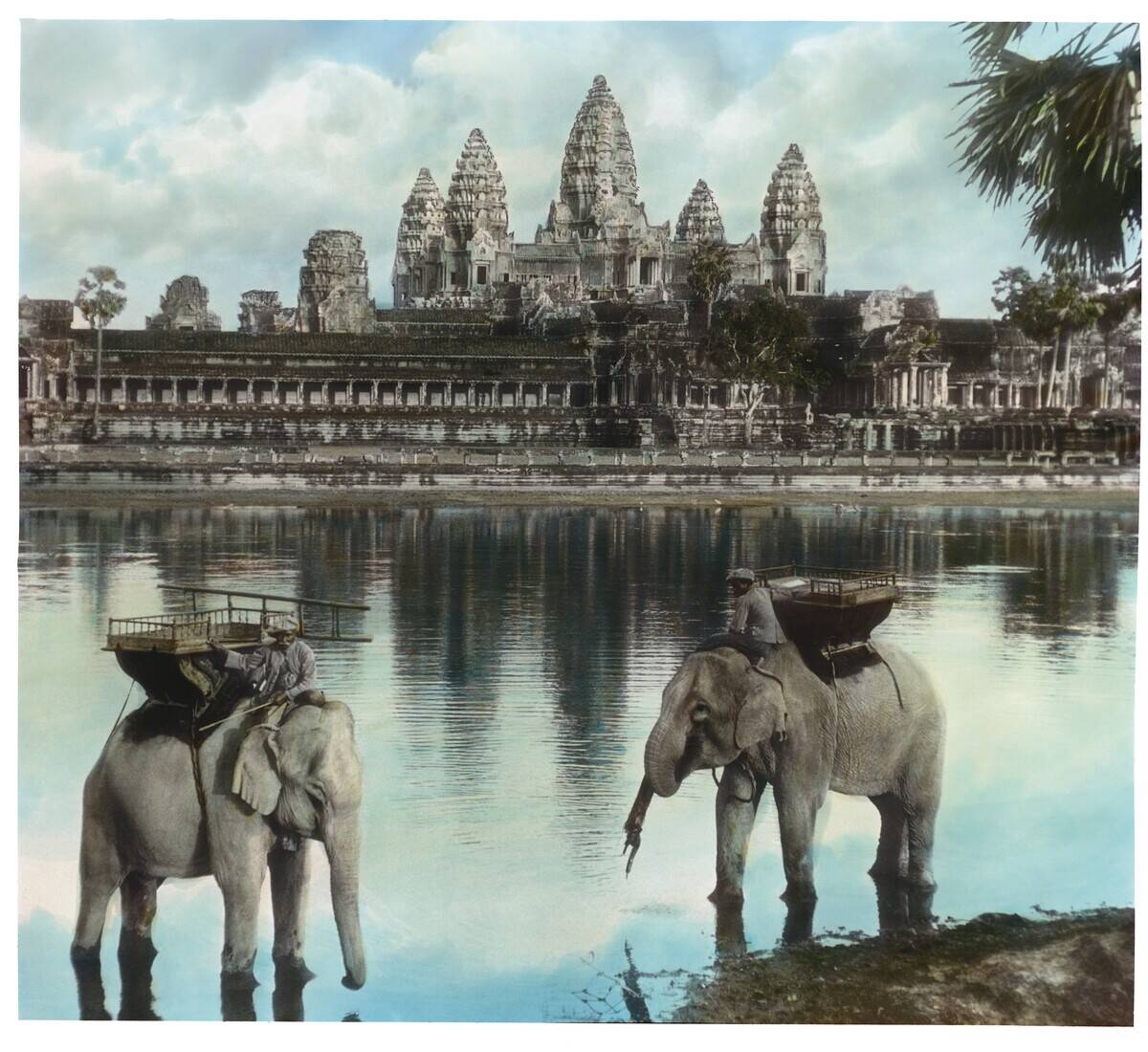
In Southeast Asia, Angkor was the crown jewel of the Khmer Empire. The city flourished between the 9th and 15th centuries, with Angkor Wat as its centerpiece. This temple complex, dedicated to the Hindu god Vishnu, is the largest religious monument in the world. Angkor was a city of elaborate water management systems, supporting a vast population. Despite its decline, the architectural and artistic genius of Angkor continues to captivate visitors, earning it a place on the UNESCO World Heritage list.
The Hittites: Hattusa, the Forgotten Capital
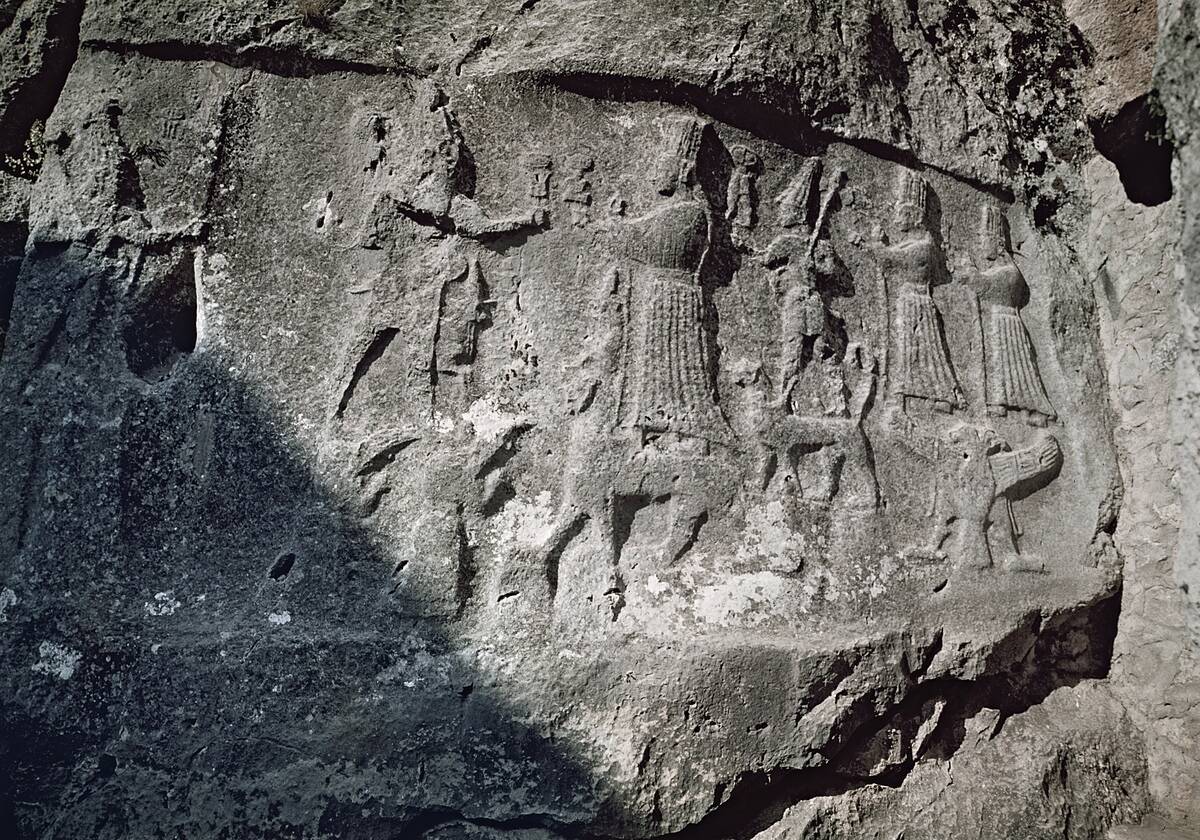
In the heart of Anatolia, Hattusa served as the capital of the Hittite Empire. Known for its strategic fortifications and grand temples, Hattusa was a city of military might and religious devotion. The city was enveloped by massive stone walls, with impressive gates like the Lion Gate showcasing Hittite artistry. However, much of Hittite history remained shrouded in mystery until the discovery of cuneiform tablets, which revealed a rich tapestry of diplomacy and culture.
The Assyrian Empire: Nimrud, the City of Kings
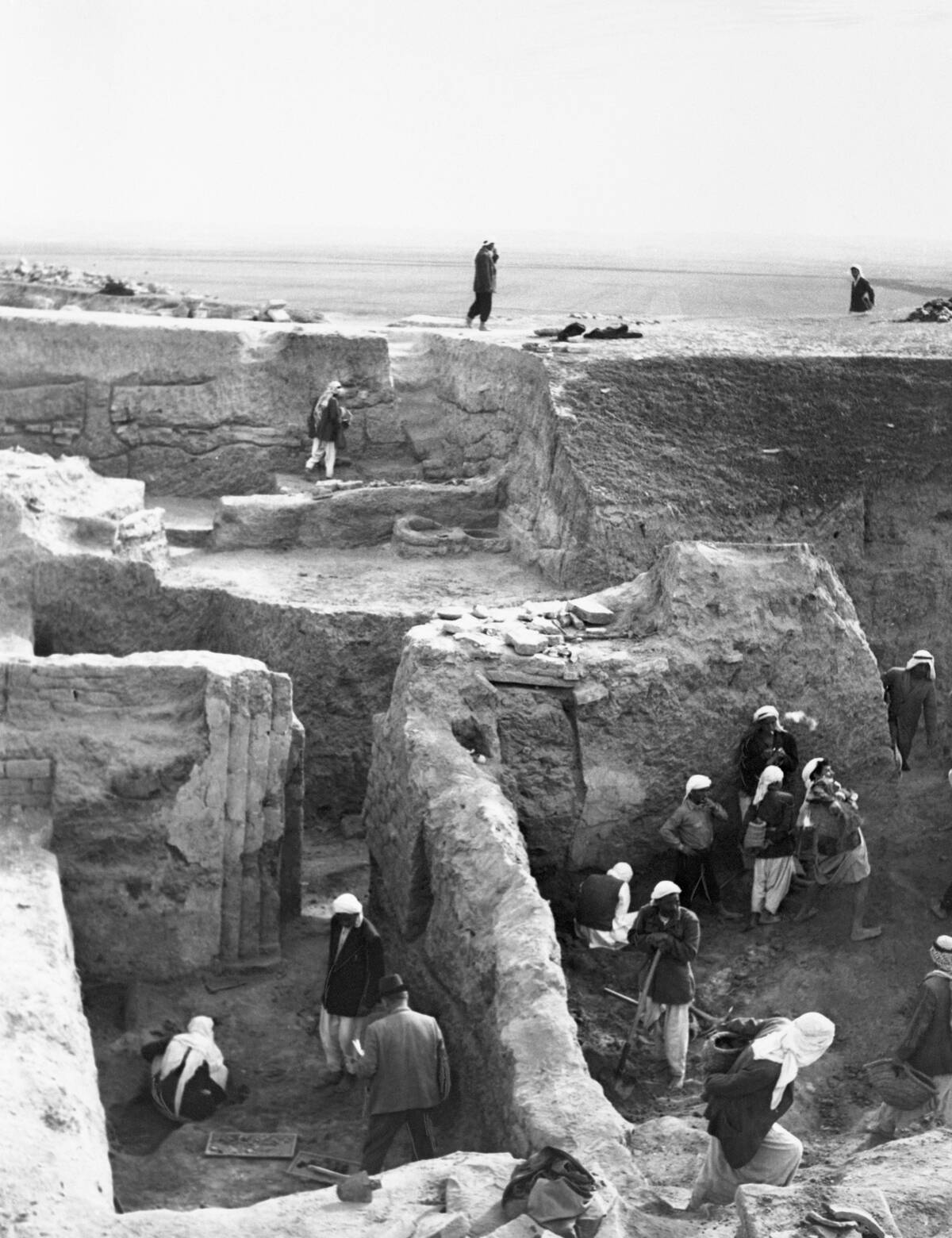
In the Assyrian Empire, Nimrud was a city of opulence and power. Established by Shalmaneser I around 1250 BC, it became a royal capital under Ashurnasirpal II. The city boasted lavish palaces adorned with intricate reliefs depicting scenes of conquest and daily life. Nimrud was also known for its impressive ziggurats and the colossal Lamassu statues that guarded its gates. Despite its eventual destruction, Nimrud’s legacy endures through the remarkable artifacts uncovered there.
Mali Empire: Timbuktu, a Center of Learning and Trade
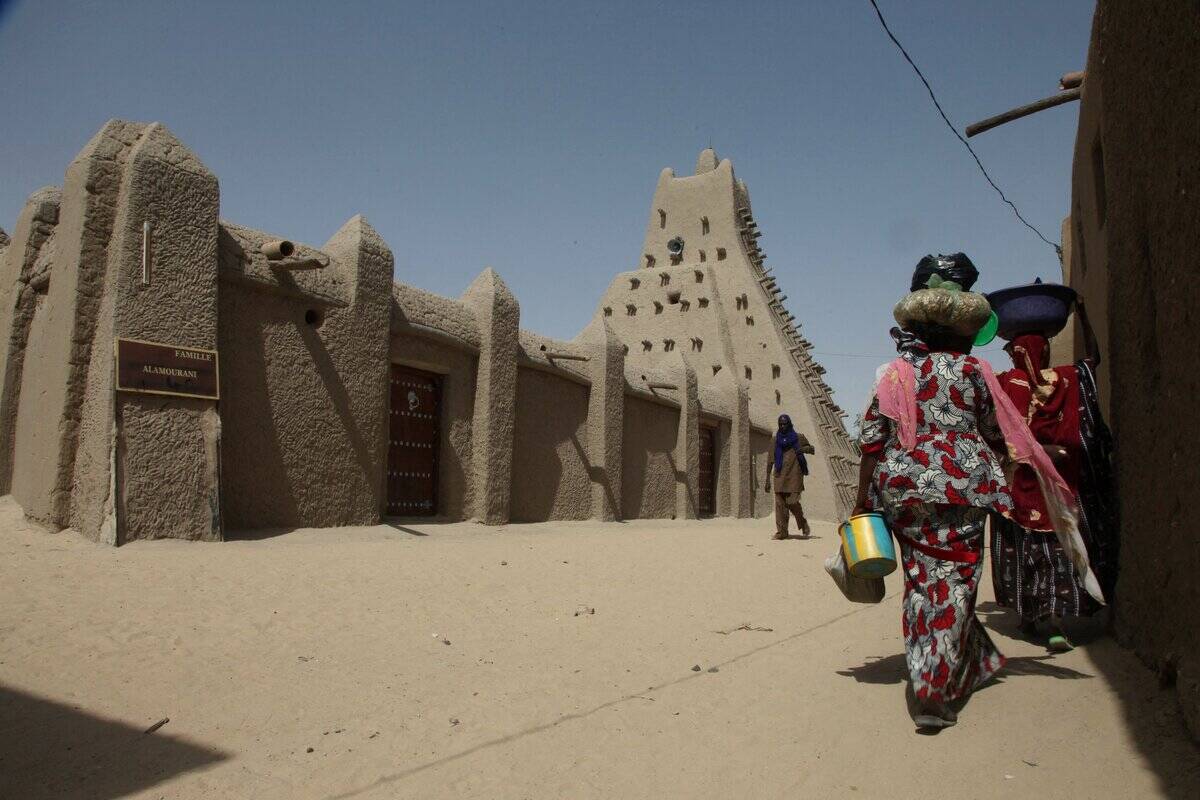
In West Africa, Timbuktu emerged as a beacon of learning and trade during the Mali Empire’s zenith. This city was a crossroads of cultures, where scholars gathered to study at its famed universities and libraries. The Djinguereber Mosque, built from mud bricks, exemplifies the city’s unique architectural style. Timbuktu was a place where gold, salt, and ideas were exchanged, contributing to a rich tapestry of knowledge. Its legacy as a center of Islamic learning remains significant to this day.



